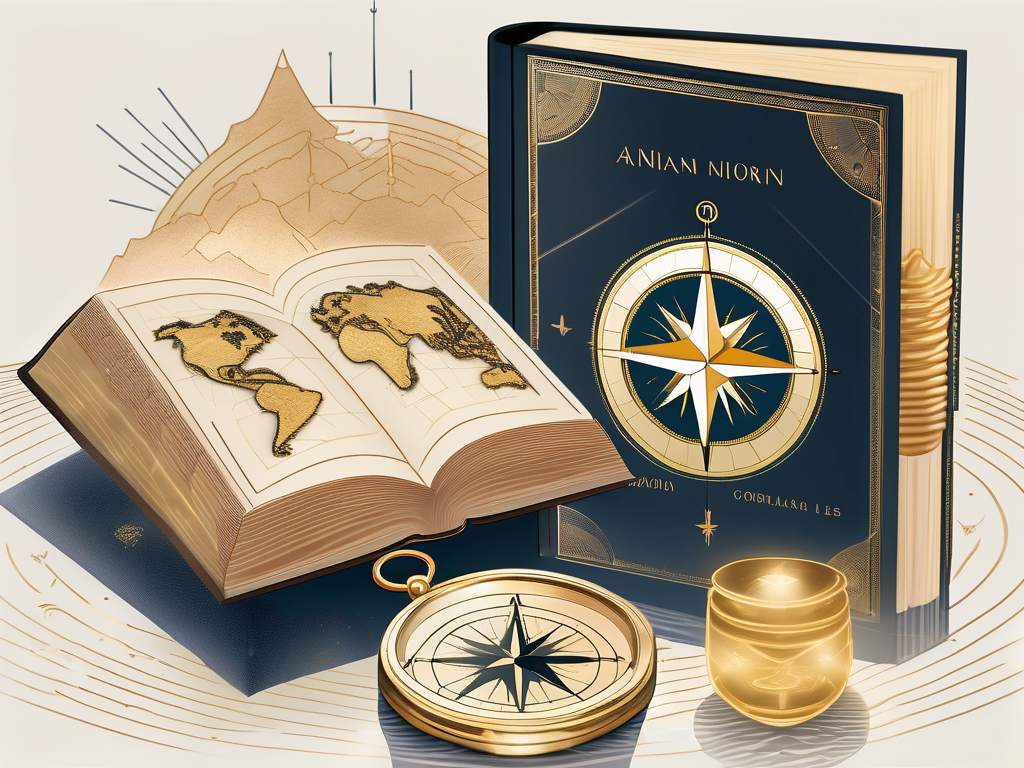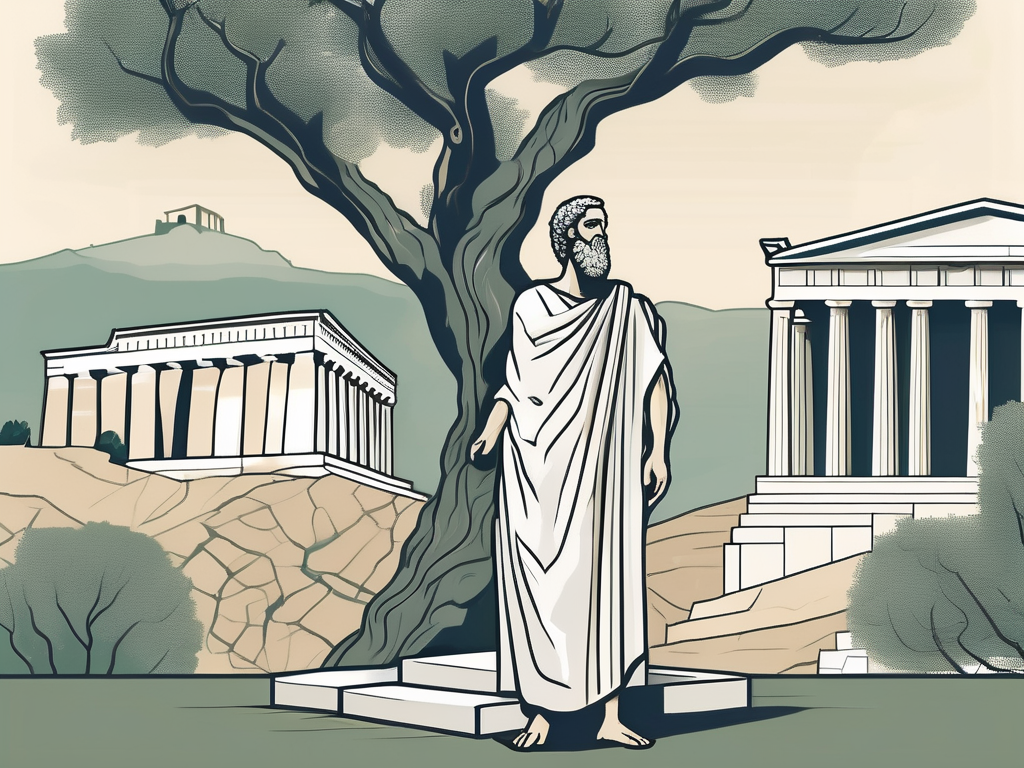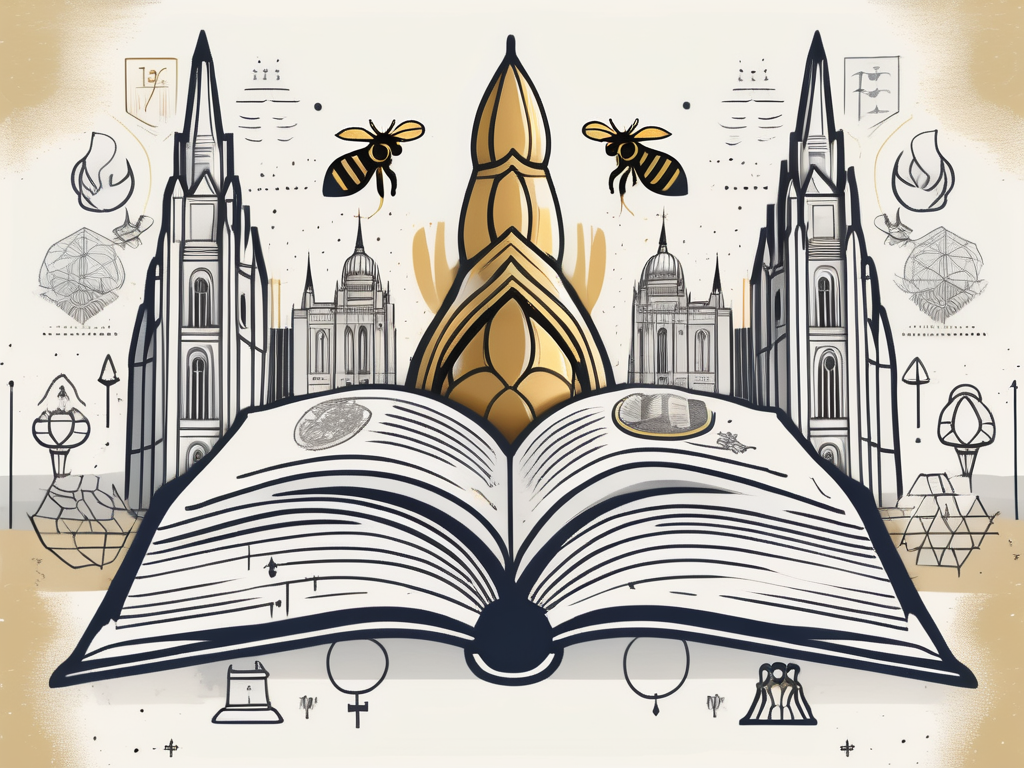Welcome to a journey of discovery as we explore 10 fascinating facts about the Book of Mormon. Whether you are a devout believer, a curious skeptic, or simply someone interested in religious texts, you’re sure to find something intriguing in our exploration of this influential book. So let’s dive in and uncover the mysteries and truths behind the Book of Mormon.
Understanding the Book of Mormon
The Origin and History of the Book of Mormon
Before we delve into the fascinating aspects of the Book of Mormon, let’s take a brief look at its origin and history. The Book of Mormon was first published in 1830 by Joseph Smith, who claimed to have translated it from golden plates that were revealed to him by an angel named Moroni. According to Smith, the book contains the religious history of ancient Americas and their interactions with God.
Joseph Smith’s account of the translation process is a subject of great interest and debate among scholars and believers alike. He described using a seer stone, also known as the Urim and Thummim, to aid in the translation. This unique method adds an air of mystique to the Book of Mormon’s origins, captivating the imagination of those who seek to understand its message.
Although its origins have been debated, the Book of Mormon has become an important part of the beliefs of the Church of Jesus Christ of Latter-day Saints, also known as Mormons. It has since garnered millions of followers worldwide. The book’s impact extends beyond religious circles, as it has influenced literature, art, and even political discourse.
Throughout history, the Book of Mormon has faced both praise and criticism. Some view it as a sacred text that complements the Bible, while others question its authenticity and historical accuracy. Regardless of one’s perspective, the Book of Mormon continues to be a source of inspiration and guidance for many individuals.
The Structure and Content of the Book of Mormon
One fascinating aspect of the Book of Mormon is its structure and content. Comprising 15 books, it tells the story of various groups of ancient people who migrated to the Americas and their interactions with God. These books are divided into smaller chapters, allowing readers to navigate easily through the text and follow its narrative.
Each book within the Book of Mormon offers a unique perspective and contributes to the overarching narrative. From the account of Lehi and his family’s journey to the promised land to the teachings of Jesus Christ during his visit to the Americas, the book presents a rich tapestry of stories and teachings that resonate with readers.
One of the central themes explored in the Book of Mormon is the importance of faith. Through the experiences of its characters, the book emphasizes the power of belief in God and the transformative effect it can have on individuals and communities. It also delves into the concept of repentance, highlighting the opportunity for growth and redemption that comes from acknowledging and turning away from wrongdoing.
Moreover, the Book of Mormon provides insights into the eternal plan of God. It explores the purpose of life, the nature of God’s love, and the role of Jesus Christ as the Savior of humanity. These profound teachings offer readers a deeper understanding of their own spiritual journey and the potential for eternal happiness.
While the Book of Mormon is rooted in religious teachings, its messages extend beyond the realm of faith. Its stories of courage, sacrifice, and perseverance can inspire individuals from all walks of life. The book’s universal themes of hope, forgiveness, and the pursuit of truth continue to resonate with readers, regardless of their religious background.
Unveiling the Fascinating Facts
The Unique Language of the Book of Mormon
One of the distinct characteristics of the Book of Mormon is its use of archaic language. As you read through its pages, you’ll encounter phrases and words that transport you back to biblical times. This intentional linguistic style adds to the book’s overall aura of authenticity and provides a glimpse into the culture and language of ancient Americas.
For example, the use of phrases such as “And it came to pass” and “Behold” may seem unfamiliar to modern readers, but they were common expressions during the time period in which the Book of Mormon is set. These linguistic choices not only contribute to the historical accuracy of the text but also immerse readers in the world of the ancient prophets and civilizations.
While this language may present challenges to some readers, it also serves as a reminder of the book’s historical context and the importance of interpretation when engaging with religious texts. Scholars and enthusiasts have dedicated countless hours to studying and deciphering the language of the Book of Mormon, uncovering hidden meanings and shedding light on the rich cultural tapestry it represents.
The Role of Prophets in the Book of Mormon
Another fascinating aspect of the Book of Mormon is its emphasis on prophets and their role in guiding and teaching the people. The book presents a lineage of prophets who receive divine revelations and lead their respective communities. These prophets serve as moral compasses, providing guidance on living righteous lives and seeking a personal relationship with God.
Throughout the Book of Mormon, we encounter figures such as Nephi, Alma, and Captain Moroni, who stand as examples of faith, courage, and devotion. Their stories inspire readers to reflect on their own spiritual journeys and the importance of seeking divine guidance in their lives.
The inclusion of prophets in the Book of Mormon adds depth and authority to its teachings, as it invites readers to consider the importance of spiritual leaders in their own lives and communities. It prompts contemplation on the role of prophets in modern society and the relevance of their messages in navigating the complexities of the world.
The Book of Mormon’s Influence on Latter-day Saints
The Book of Mormon holds immense significance for followers of the Church of Jesus Christ of Latter-day Saints. It is considered a companion to the Bible, providing additional insights into God’s dealings with humanity. For Mormons, the Book of Mormon serves as a source of spiritual guidance, strengthening their faith and shaping their worldview.
Within the pages of the Book of Mormon, readers find narratives of faith, redemption, and divine intervention. These stories resonate deeply with Latter-day Saints, offering comfort and hope in times of trial. The teachings and principles found in the Book of Mormon are woven into the fabric of Mormon culture, influencing the way individuals and families approach their relationships, careers, and personal growth.
Through its teachings and narratives, the Book of Mormon influences the values and practices of Latter-day Saints, promoting family unity, charity, and service to others. It plays a pivotal role in the religious and cultural identity of Mormons around the world, serving as a constant reminder of their spiritual heritage and the divine purpose of their lives.
The Book of Mormon’s Connection to Other Religious Texts
While the Book of Mormon stands as a distinct religious text, it also shares connections with other religious traditions. For instance, it contains stories that parallel biblical accounts and teachings. Both the Old and New Testaments find echoes within the pages of the Book of Mormon, fostering dialogue and allowing readers to explore the similarities and differences between these sacred texts.
By examining these intertextual connections, readers gain a deeper understanding of the shared spiritual heritage that unites different religious traditions. The Book of Mormon’s inclusion of familiar narratives and teachings from the Bible invites readers to consider the universal truths and timeless principles that transcend cultural and religious boundaries.
These intertextual connections offer a fascinating glimpse into the interplay of religious ideas throughout history, highlighting the universality of certain moral and spiritual concepts across cultures and time periods. They encourage readers to engage in meaningful conversations and foster mutual respect among diverse religious communities, ultimately promoting a greater understanding of the human experience and the quest for spiritual truth.
Debunking Common Misconceptions
The Book of Mormon and Polygamy
Contrary to popular belief, the Book of Mormon does not endorse or promote polygamy. Although the early pioneers of the Latter-day Saint movement, including Joseph Smith, practiced polygamy, the Book of Mormon itself does not advocate for this practice. The book emphasizes the importance of monogamous, committed relationships and condemns any form of sexual immorality.
Within the pages of the Book of Mormon, there are numerous examples of strong, monogamous relationships that serve as positive role models for its readers. For instance, the story of Lehi and Sariah, the first family described in the book, showcases a loving and faithful marriage. Despite facing numerous challenges, they remain committed to each other and their family, demonstrating the value of monogamy and fidelity.
Furthermore, the Book of Mormon teaches that marriage is a sacred covenant between a man and a woman. It emphasizes the importance of mutual respect, love, and support within a marriage, promoting the idea that a strong and healthy relationship is built on these foundations.
It is important to distinguish the practices and beliefs of individuals from the teachings found within religious texts, acknowledging the complexities that may arise from historical events surrounding the propagation of these beliefs.
The Book of Mormon and Racial Issues
Another common misconception about the Book of Mormon relates to racial issues. Some critics allege that the book promotes racist ideologies. However, a close reading of the text reveals a different story. The Book of Mormon explicitly teaches that all people are equal in the sight of God, regardless of their race or ethnicity.
Throughout the Book of Mormon, there are numerous examples of individuals from different races and ethnicities who play significant roles in the narrative. These individuals are portrayed as righteous and faithful, dispelling any notion of racial superiority or discrimination.
One such example is the story of the Anti-Nephi-Lehies, a group of Lamanites who converted to the gospel of Jesus Christ. Despite their previous animosity towards the Nephites, they choose to bury their weapons of war and make a covenant to never again shed blood. This act of unity and repentance demonstrates the Book of Mormon’s emphasis on the potential for spiritual growth and redemption, regardless of one’s racial background.
It is crucial to approach religious texts with a discerning eye and separate the interpretation of individuals from the teachings within the text itself, recognizing the potential for misinterpretation or personal bias.
The Impact of the Book of Mormon
The Book of Mormon in Modern Culture
Beyond its religious significance, the Book of Mormon has also made a lasting impact on modern culture. In 2011, a Broadway musical titled “The Book of Mormon” gained widespread acclaim, showcasing the book’s themes and storylines in a satirical light. The musical not only entertained audiences but also sparked conversations about religion, faith, and the influence of religious texts on society.
This cultural phenomenon demonstrates the enduring relevance of the Book of Mormon and its ability to captivate audiences across different mediums.
The Book of Mormon’s Influence on Global Religion
While the Book of Mormon has a significant impact within the Latter-day Saint movement, its influence extends beyond this religious community. The book has generated discussions and debates among scholars, theologians, and individuals interested in religious studies worldwide.
Through its teachings and vibrant narrative, the Book of Mormon has prompted critical engagement with questions about the nature of faith, the definition of truth, and the role of religious texts in shaping human beliefs and behavior.
Final Thoughts on the Book of Mormon
The Enduring Legacy of the Book of Mormon
The Book of Mormon continues to shape the lives of millions of individuals, providing them with spiritual guidance, moral principles, and a sense of community. Its enduring legacy is a testament to its relevance and the profound impact it has on those who read and study its pages.
Whether one views the Book of Mormon as scripture or simply as a historical artifact, it holds tremendous historical and cultural value, inviting readers to explore the complexities of faith, human nature, and the search for truth.
The Future of the Book of Mormon Studies
As scholars continue to study and analyze the Book of Mormon, new insights and understandings are likely to emerge. The ongoing research and academic investigation into its origins, teachings, and relevance will undoubtedly contribute to a deeper understanding of this influential text.
As with any subject of academic inquiry, the study of the Book of Mormon will evolve, inviting further examination and exploration by individuals seeking to unravel its mysteries and uncover its profound truths.
So there you have it, 10 fascinating facts about the Book of Mormon. Whether you’re interested in its historical context, its impact on culture and religion, or the deeper spiritual implications it holds, the Book of Mormon offers a rich tapestry of narratives and teachings that have captivated readers for centuries.
Whether you approach it from a place of faith or simply a desire to understand other cultures and belief systems, the Book of Mormon invites you to embark on a thought-provoking journey, bound to stimulate your mind and challenge your perceptions. Happy reading!












